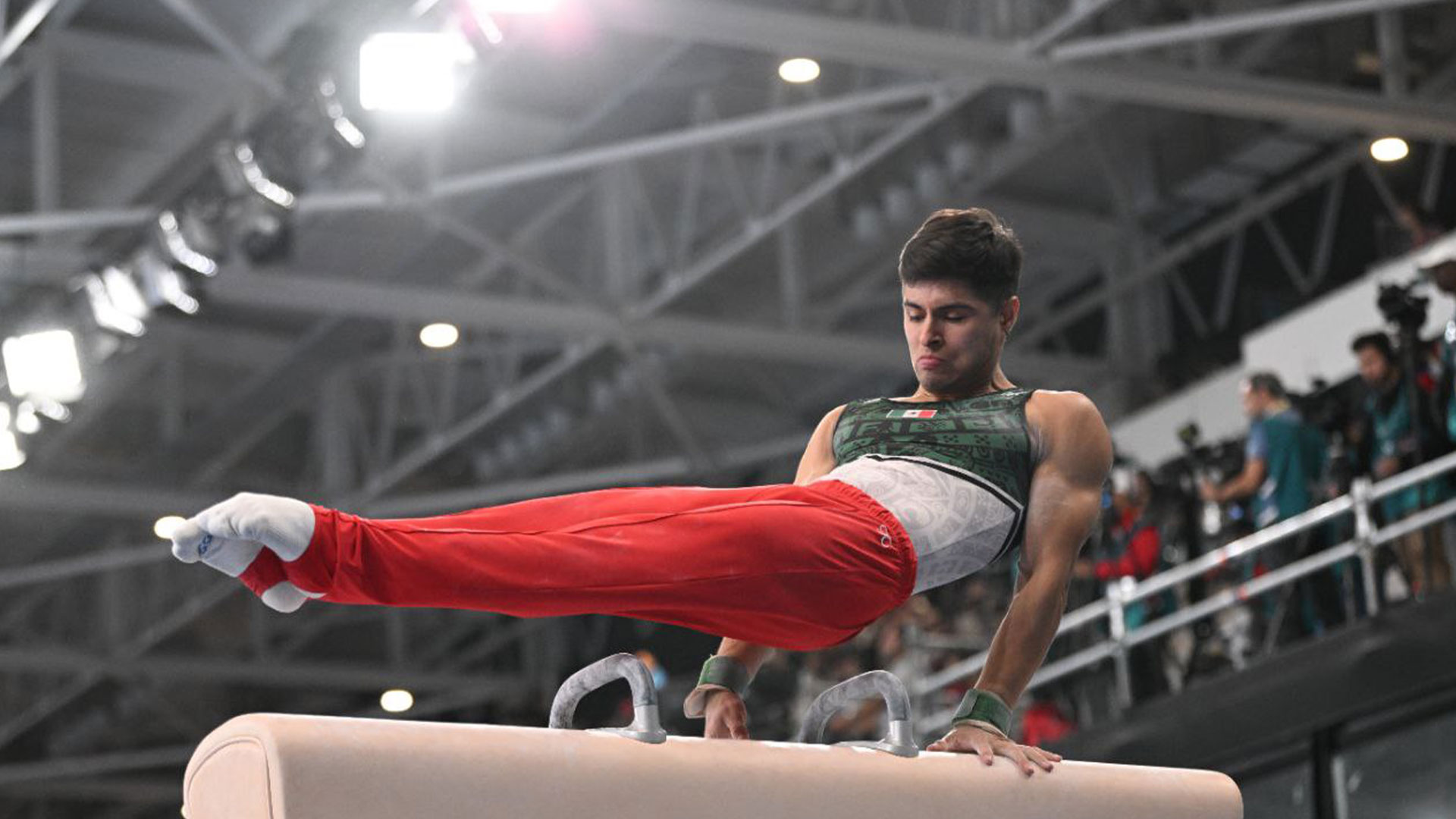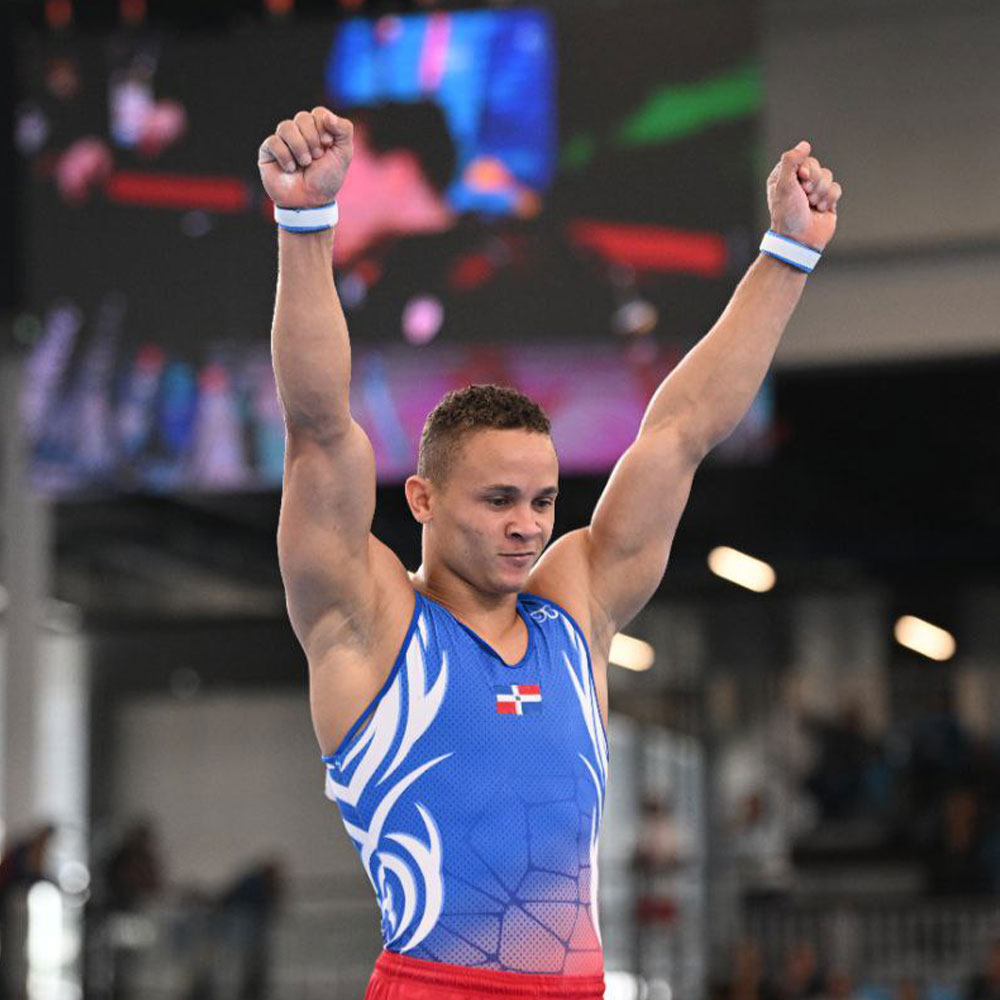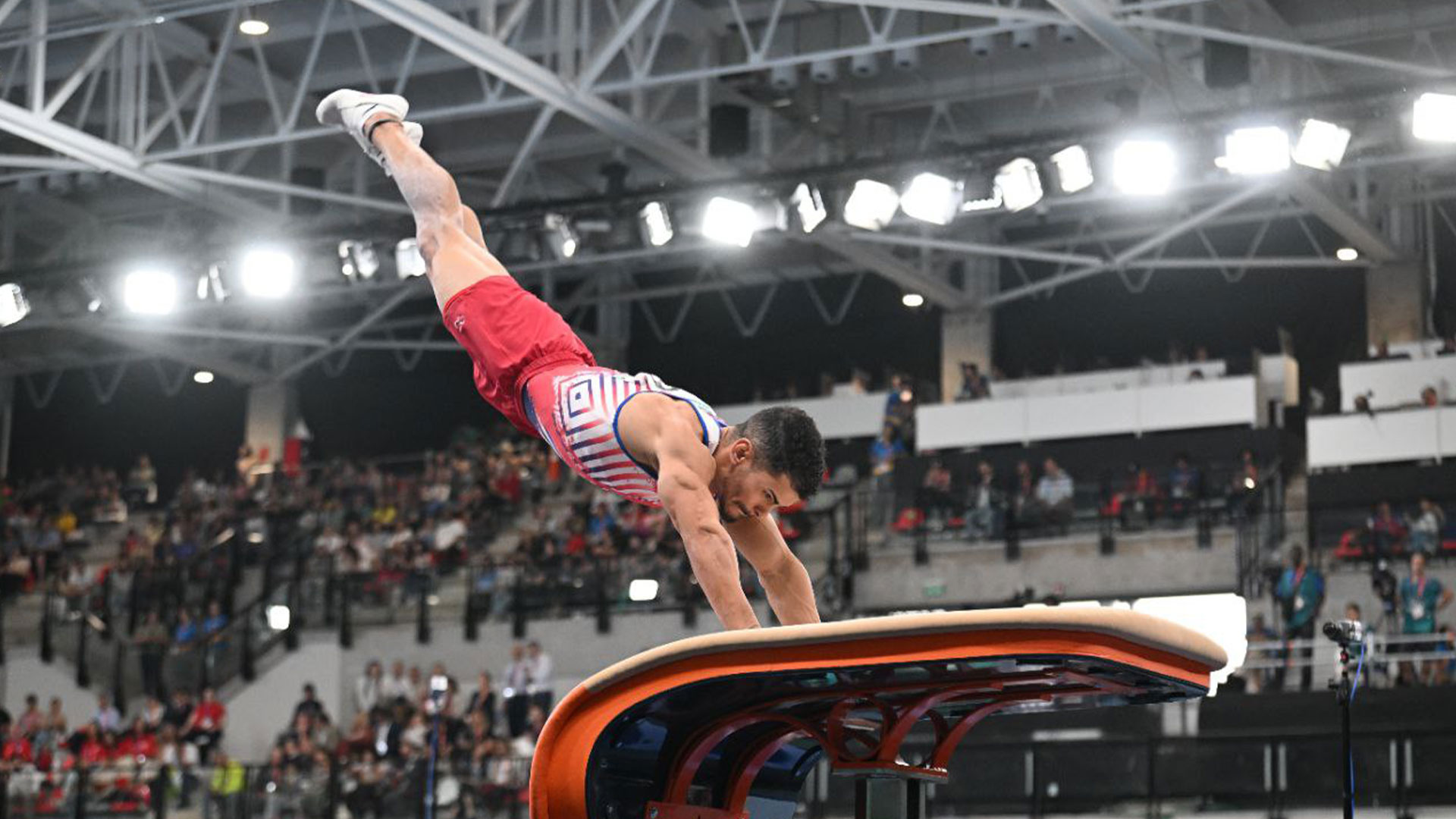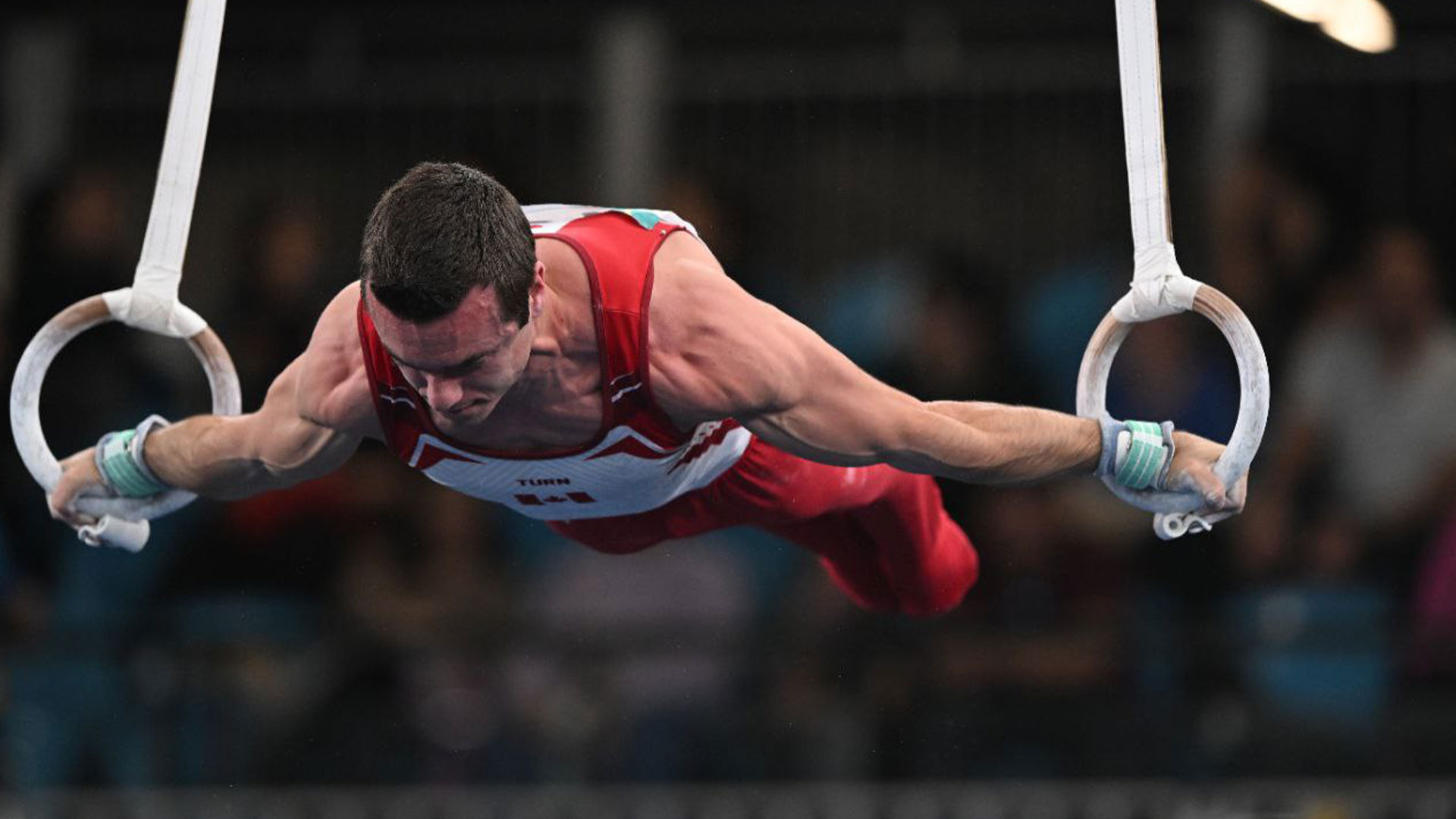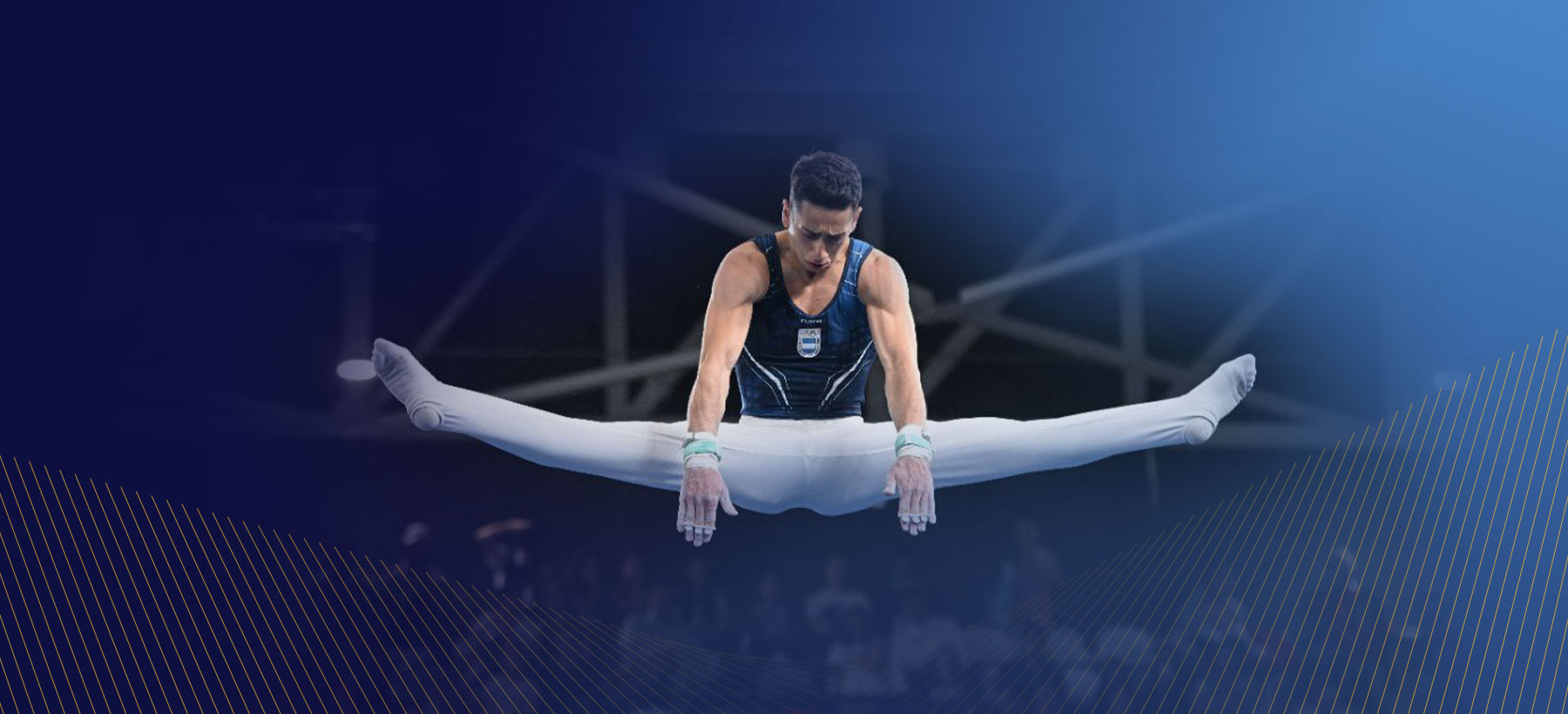Jumping: The routine consists of jumping over a platform (jumping table) propelled by a trampoline. It is the shortest routine in artistic gymnastics. The jump must be performed with both feet together and simultaneously support both hands on the jumping table, having to fall in a balanced position after making turns on the transverse and longitudinal axes, which determines the difficulty of the jump.
Parallel bars: The routine consists of balance exercises (turns and handstands) and strength exercises, where the gymnast must use both bars, with the exception of some exercises that can be completed on one of the bars.
Fixed Bar: The routine consists of impulse movements. The gymnast must perform twisting movements and include spins, releases, retakes and pirouettes. One of the main characteristics of this apparatus is the fluidity with which the routine is developed. One element must be linked to another without stopping and maintaining the continuity and direction of the initial movement. To this effect, any interruption or unjustified change in the direction of the movement is cause for deduction.
